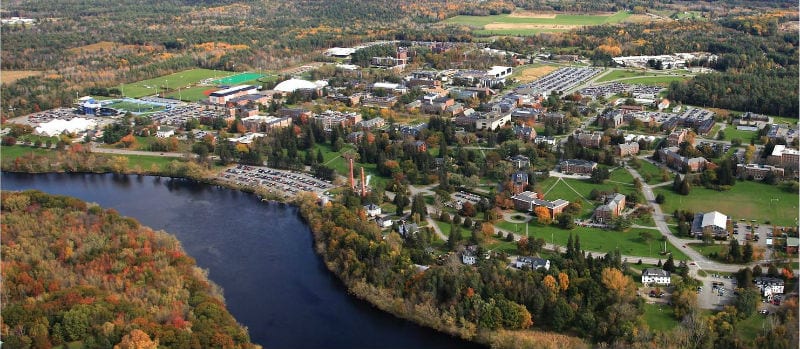Four Challenges Facing Large Scale University Wi-Fi Deployment


When walking onto a university campus, students, faculty and visitors have all come to want and expect a certain level of wireless speed and connectivity. Higher education is one of the most demanding industries for wireless infrastructure, not only because of the sheer number of people accessing your network, but also due to the influx of visitors on a day-to-day basis and constant rate at which users are accessing the network due to dorms and 24 hour libraries.
According to Aruba Networks, 60.5 percent of colleges and universities have increased their campus IT budges for wireless. “The expansion of wireless networks on campus mirrors the explosive growth of wireless in the consumer and corporate sectors over the past three years,” confirms Kenneth C. Green, founding director of the Project. “Consequently, it should be no surprise that students and faculty come to campus expecting their college or university to provide the same wireless connectivity that they experience elsewhere.”
Here are some of the challenges you may face in your university deployment that the right wireless network solution provider can help correct:
Coverage Challenges
University campuses are very large and typically contain many smaller buildings in addition to outdoor areas where wireless coverage is needed. This means you could have hundreds of access points to account for. Also, each AP must be connected to the network backbone to provide complete coverage. In some cases, it can be physically difficult to extend that backbone into an area or location where coverage is desired.
Capacity Limitations
It’s important to note that 802.11ac wireless access points work differently than legacy 802.11 APs. Single radio APs supporting older wireless standards are often not upgradeable, limiting the number of available channels for coverage. APs stuck in close proximity to each other can interfere. There is also a problem that comes into play for universities especially where there are many opportunities for interference from non-Wi-Fi sources from the surrounding city, as well as from others who may place their own Wi-Fi APs in close physical proximity to your equipment. Identifying this potential problem and discussing it with your vendor will save time and money in your deployment.
Density Requirements
There are certain times of the day where the demand on your wireless network will be much heavier causing slow connections for users. Buildings like libraries and auditoriums handle the bulk of this traffic and it is especially impactful the more the internet is being used by instructors and students during lectures. Because of the increase of media being used in the classroom, legacy access points are having harder times functioning under the pressure. Access points designed for this type of situation are now available through most wireless vendors, but’s important to know exactly where to place them.
Security Concerns
The more data there is the more data needs security and with the increase of wireless usage in classrooms and everyday life, there’s a lot more data that needs to be protected. Groups and services must also be isolated from one another to ensure quality of service as well as properly authorized access to resources. The Wi-Fi airwaves are public making them an easy target for hackers.
So how do you make sure these common challenges don’t plague your campus Wi-Fi deployment? It’s all about upgrading to the latest 802.11ac standard and choosing the right vendor for the job. You can also conduct a wireless survey. Wireless surveys are the only real surefire way to know exactly how to build your most optimized network in your unique situation. Surveys will tell you where to place APs and tell you how your network interacts with others in the area. Site surveys help you plan and design your wireless network and involves analyzing the building floor plans and using site survey tools like sensors.
For more information university wireless network deployments, check out this whitepaper from Aruba Networks, or check out our list of the Top Five Higher Education Wireless Deployment Case Studies.





















